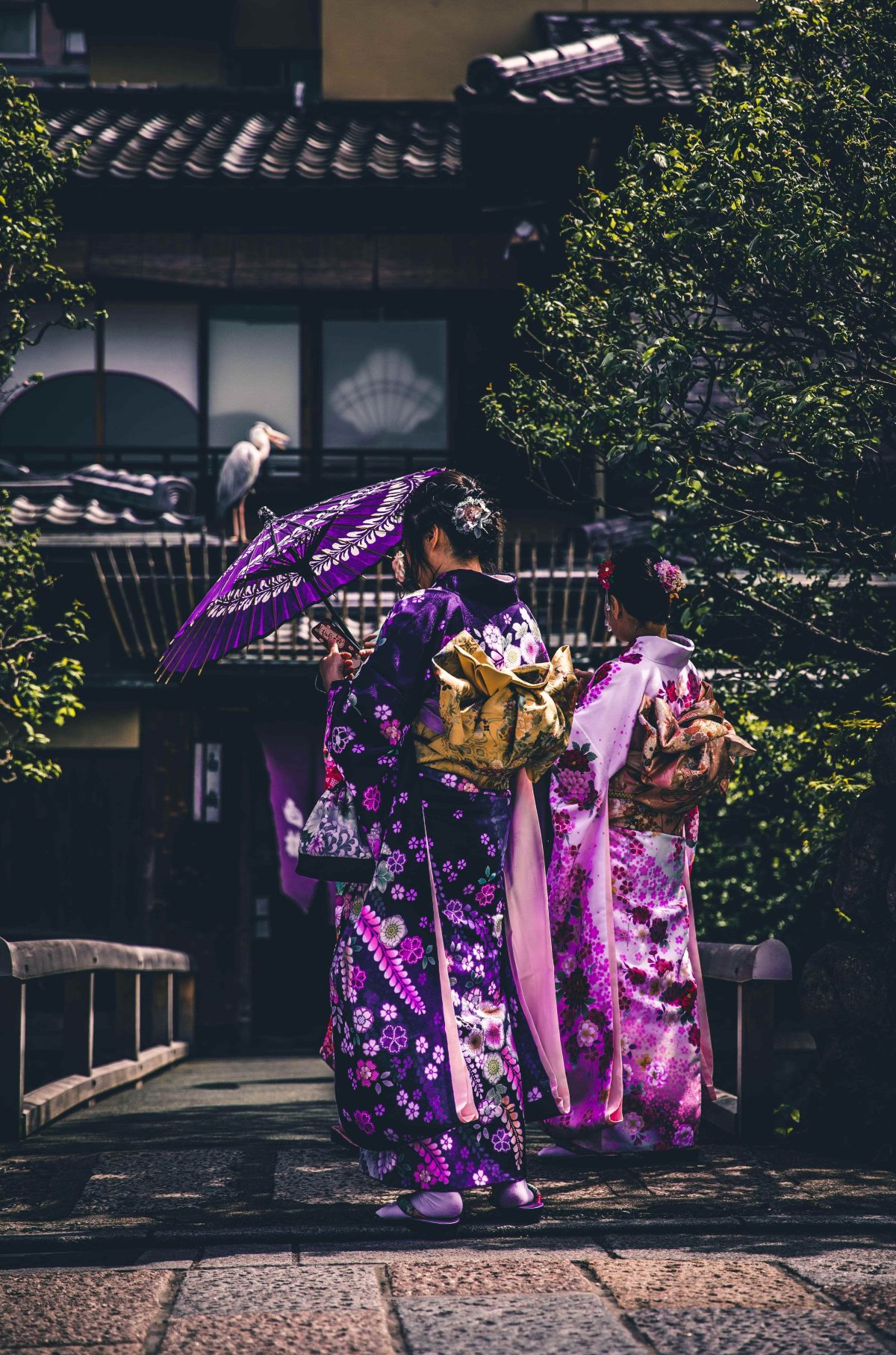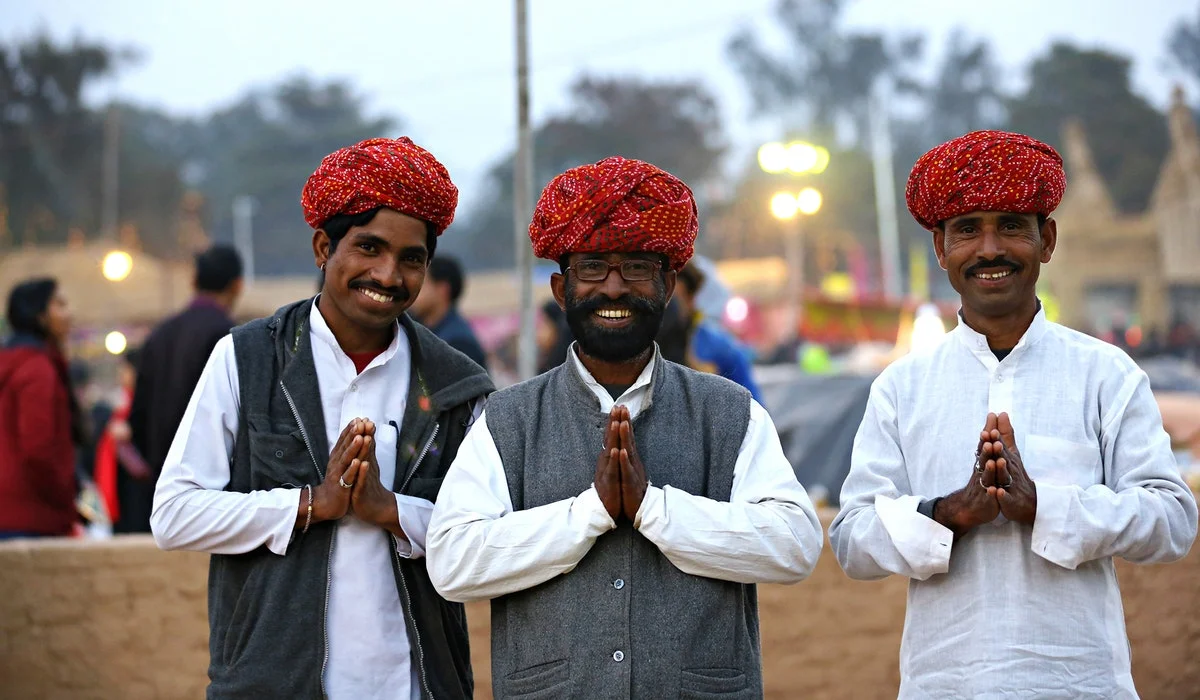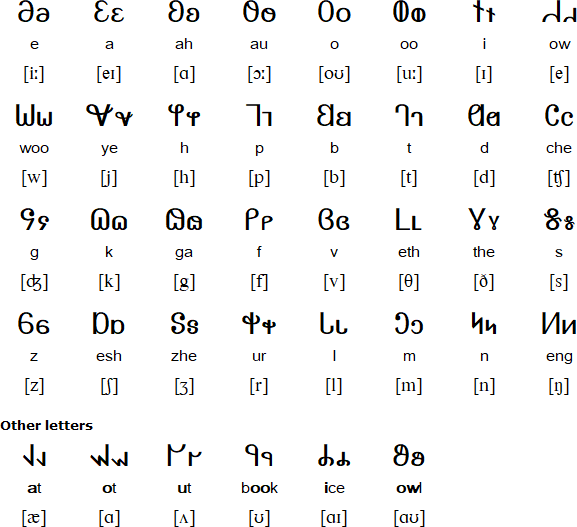Honorifics, known as “keigo,” are utilized in Japanese language to express respect and indicate a person’s social status or relationship to the speaker. There are three types of honorifics:
“Sonkeigo,” is used to express respect towards individuals who hold a higher status than the speaker, such as their boss, elders, or customers. This form is never used to refer to oneself, only when discussing someone else.
“Teineigo” is the most commonly used polite form in Japanese, and it is typically the first form that students learn in Japanese language classes. This form is utilized when the speaker is not familiar with the person they are speaking to or wishes to maintain a certain level of formality and distance in the conversation.
“Kenjougo” is utilized to express humility. It is employed when the speaker is referring to themselves in the presence of someone of higher social status or authority, with the intention of lowering their own status and showing respect towards the addressee.
Using appropriate honorifics and polite language is an important part of communication in Japanese culture to show respect, build relationships, and avoid causing offense or embarrassment.




